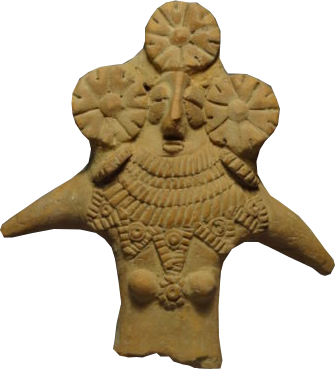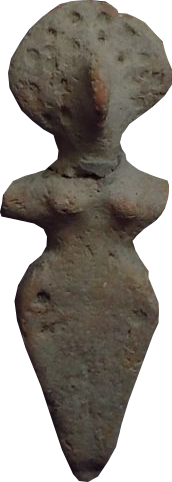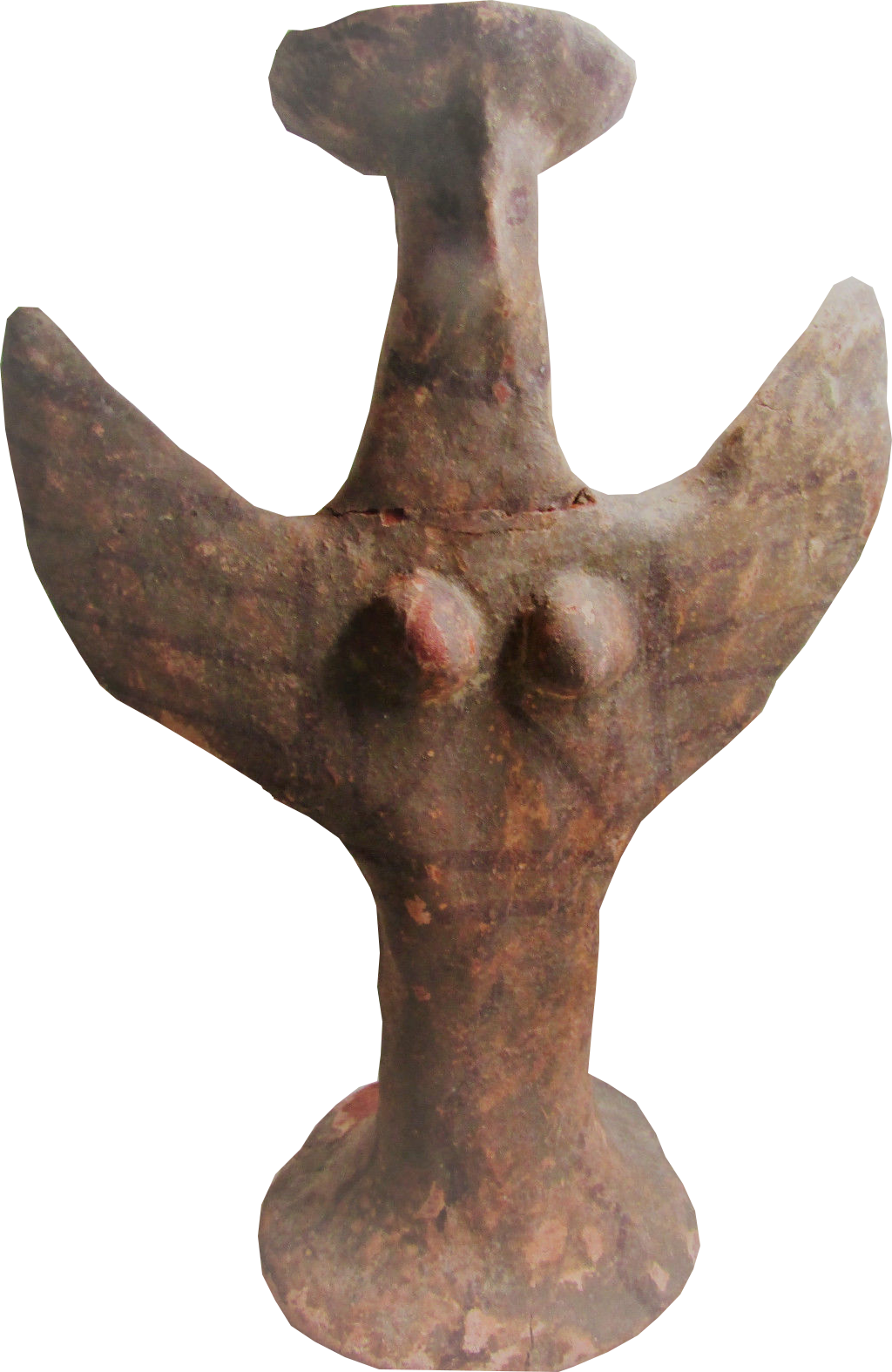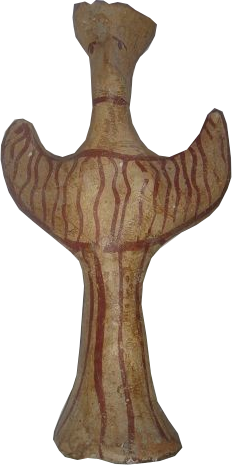Ancient Psychedelia: Alien Gods & Mushroom Goddesses
Online Book - Chapter 1, Page 17
Back to Online Book Mainpage / Next Page (Chapter 1, Page 18)
| I give lots of credit to Marija Gimbutas. She not only documented the goddess figurines, shrines and whole ways of life surrounding early matrilineal culture, but she also kept an open mind and communicated with Robert Graves, who was onto the mushroom mythology from a very early time in relation to more modern scholars. It was likely, Robert Graves who helped guide Gordon Wasson to the idea of Soma being the A. Muscaria, which I will be debating later in the book. Gimbutas mentions the mushrooms in early goddess culture but only in the context of what she had to work with at the time, which was very little. Gimbutas goes on to say: “Dwelling areas at Vinca yielded a number of mushrooms carved out of light green rock crystal which may have stood on domestic altars or possibly been used as studs for hip belts. Mushrooms are universally known as aphrodisiacs, and the swelling and growing of a mushroom must have been noticed by the Old Europeans causing it to be compared to the phallus. The fact that mushrooms were carved out of the best available stone alone speaks for the prominent role of the mushroom in magic and cult.” At this point Gimbutas credits Gordon Wasson’s work, in that Soma was the drink of the Rig Veda and it was likely used in the Vinca culture as well. But then, in the very next sentence, she credits the phallus as being the primary inspiration of using mushroom art by citing what she describes as a “phallus-shaped vase” from Butmir, of the mid-5th millennium BC, which looks far more like a mushroom than any kind of phallus. (45) Hip belts are found on figurines, particularly from the Vinca culture, which have buttons on them that Gimbutas describes as “mushroom shaped,” made from white, green or yellow marble, alabaster and calcite. These may have served as studs for belts, jackets or other garments, she believes. Hip belts are also portrayed on East Balkan figurines. Figurines wearing these large buttons on their hips have been discovered in the deepest layers of the Vinca mound belonging to the Neolithic Starcevo period. Gimbutas also mentions at the same time, how these figurines often appear naked other than these large buttons or belts, and their face masks. (45) It appears to me that these figurines are representing the mushroom on their ears, as earrings, and on their waist, as further décor. I have a couple Indus Valley examples shown which represent this décor, to a lesser or greater degree (9f). It is possible the mushrooms were the inspiration for the décor. During the seventh millennium, figurines of the goddess appeared as fat women or portrayed as overly pregnant, many times with her hands on her breasts. During the sixth millennium she becomes less obese, and more structured in her body, taking on more pronounced shoulders, upper arms and breasts. When we arrive at the time of the “bird-goddess” imagery, the figure shapes change completely and none of the previous features are accentuated, in fact, many have disappeared altogether. (47) |
   (9f) Indus Valley Terracotta c. 800-500 BC Bird and Serpent Goddesses By the Minoan Greek period, the bird and snake had both been frequently associated with the goddess and was depicted on ancient seals and shrines. Shrines in which the bird and snake goddess were prominent have been found and excavated at Achilleion, Thessaly, and northern Greece dating to 6000 BC or earlier. Terracotta figurines of bird and snake goddesses have been found in groups of several to fifteen in a group of shrines dating from 6100 to 5700 BC (11e). (48)   (11e) Mycenaean "Bird" Goddess Statue c. 1600-1200 BC Clay stamps and stamp seals have been found throughout Old Europe with depictions of snakes on them which date back to 6500-3500 BC, and into the Bronze Age of Minoan Crete. (49) In Eastern Crete, in the town of Gournia, there is a shrine to the snake-goddess Eileithyia, with her hands raised and snakes entwined around her body and dressed in the traditional Minoan fashion. As this was a public worship location, there was a bowl for offerings set up at the center of the shrine. (50) (45) The Goddesses and Gods of Old Europe, p.220 (46) The Goddesses and Gods of Old Europe, p. 45 (47) The Goddesses and Gods of Old Europe, p.152 (48) The Language of the Goddess, p.132; (Gimbutas, 1988) (49) The Language of the Goddess, p.122 (50) The Cult of the Mother Goddess, p.129; B.E. Williams, Gournia, Philadelphia, 1908, pp. 47f., pl. x; Nilsson, The Minoan-Mycenaean Religion, 2nd Ed., Lund, 1950, p. 82, fig. 14 |
Go Back to Page 16